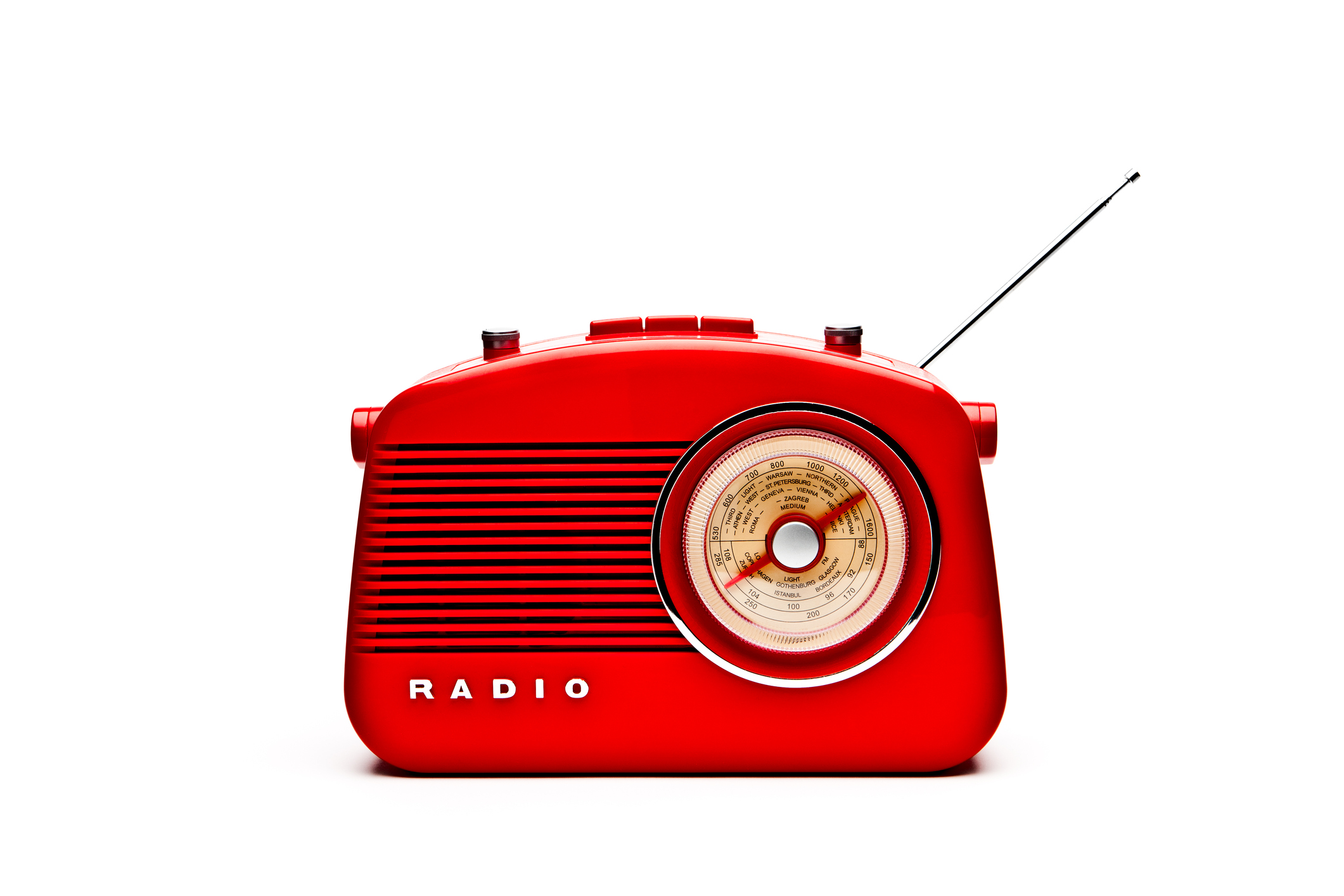Unveiling The Metrics: How Radio Stations Measure Listener Statistics
Radio stations have long been a staple of the media landscape, and remain a popular source of information and entertainment for millions of people around the world. In order to stay competitive and attract advertisers, radio stations need to know who their listeners are and what they want. That’s where listener statistics come in.

Nielsen to add 200 new Canadian stations to BDSradio metrics platform – Source broadcastdialogue.com
The Importance of Listener Statistics
Listener statistics are essential for radio stations to understand their audience and make informed decisions about their programming. By tracking metrics such as age, gender, location, and listening habits, stations can tailor their content to appeal to their target demographic.
Listener statistics can also help stations identify areas where they can improve their performance. For example, if a station sees that its listeners are tuning out during a certain time of day, it can adjust its programming to try and keep them engaged.

Statistics to Track for Every Radio Station – Radiosolution – Source radiosolution.info
How Radio Stations Measure Listener Statistics
There are a number of different ways that radio stations measure listener statistics. One common method is through the use of Arbitron diaries. Arbitron is a company that provides audience measurement services to radio stations and advertisers. Arbitron participants keep a diary of their listening habits for a week, and Arbitron uses this data to generate ratings reports.
Another method of measuring listener statistics is through the use of streaming data. Many radio stations now offer streaming services, which allow listeners to listen to their favorite stations online or on their mobile devices. Streaming data can be used to track metrics such as the number of listeners, the average listening time, and the geographic location of listeners.
ARC RADIO LISTENER AWARDS – Source www.robwheelersongs.com
The Future of Listener Statistics
The way that radio stations measure listener statistics is constantly evolving. As new technologies emerge, stations are finding new and more efficient ways to track their audience. In the future, we can expect to see even more sophisticated methods of measuring listener statistics, which will give radio stations even more insight into their audience.

Cayman: Tide Gauge Stations installed to measure tide levels – IEyeNews – Source www.ieyenews.com
Understanding Listener Statistics
As a radio station owner or manager, it’s important to understand how listener statistics are measured so that you can use this data to improve your station’s performance. By tracking key metrics and understanding what they mean, you can make informed decisions about your programming, marketing, and sales strategies.
Benefits of Understanding Listener Statistics
There are many benefits to understanding listener statistics, including:

Why commercial radio is crying out for more diversity – Mumbrella – Source mumbrella.com.au
- You can identify your target audience and tailor your content to appeal to them.
- You can identify areas where you can improve your performance.
- You can make informed decisions about your programming, marketing, and sales strategies.
- You can stay competitive in the ever-changing media landscape.
History and Myths of Listener Statistics
The history of listener statistics is long and complex, but it all started with the invention of the radio. In the early days of radio, there was no way to measure how many people were listening to a particular station. Radio stations would simply rely on anecdotal evidence to gauge their popularity.

Radio Advertising: Is it Still Effective? 2024 Statistics | Ad Results – Source www.adresultsmedia.com
In the 1930s, the first radio ratings service was developed by Archibald Crossley. Crossley’s service used a sample of listeners to track radio listening habits. This was the first time that radio stations had a way to measure their audience size.
Hidden Secrets of Listener Statistics
There are many hidden secrets of listener statistics that most people don’t know. For example, did you know that:
`1User and Listener Metrics – Source gamma.app
Recommendations for Measuring Listener Statistics
If you’re a radio station owner or manager, it’s important to measure your listener statistics accurately and effectively. Here are a few recommendations:

Community RADIO Listener Survey – Highland FM – Source www.highlandfm.org.au
- Use a reputable listener measurement service.
- Make sure your sample size is large enough to be representative of your audience.
- Track key metrics such as age, gender, location, and listening habits.
- Use the data to make informed decisions about your programming, marketing, and sales strategies.
Unveiling The Metrics: How Radio Stations Measure Listener Statistics
Listener statistics are a gold mine of information for radio stations. By understanding how to measure and use listener statistics, radio stations can improve their performance and stay competitive in the ever-changing media landscape.
Tips for Measuring Listener Statistics
Here are a few tips for measuring listener statistics:
- Use a variety of measurement methods to get a complete picture of your audience.
- Track your listener statistics over time to see how your audience is changing.
- Use listener statistics to make informed decisions about your programming, marketing, and sales strategies.
Unveiling The Metrics: How Radio Stations Measure Listener Statistics
Measuring listener statistics is an essential part of running a successful radio station. By following these tips, you can get the most out of your listener statistics and use them to improve your station’s performance.
Fun Facts About Listener Statistics
Here are a few fun facts about listener statistics:
- The average American listens to the radio for over two hours per day.
- The most popular time to listen to the radio is during the morning commute.
- Listeners are more likely to be loyal to a station that plays their favorite music.
How to Use Listener Statistics to Improve Your Radio Station
Listener statistics can be used to improve your radio station in a number of ways. Here are a few ideas:
- Use listener statistics to identify your target audience and tailor your programming to appeal to them.
- Use listener statistics to identify areas where you can improve your performance.
- Use listener statistics to make informed decisions about your programming, marketing, and sales strategies.
What if Listener Statistics Are Not Accurate?
It’s important to note that listener statistics are not always accurate. There are a number of factors that can affect the accuracy of listener statistics, such as the sample size, the measurement method, and the time of day.
If you’re concerned about the accuracy of your listener statistics, you should talk to a reputable listener measurement service.
Listicle of Listener Statistics
Here is a listicle of listener statistics:
- The average American listens to the radio for over two hours per day.
- The most popular time to listen to the radio is during the morning commute.
- Listeners are more likely to be loyal to a station that plays their favorite music.
- Radio stations often inflate their listener numbers.
- Listener statistics can be manipulated to make a station appear more popular than it actually is.
Question and Answer
- What is the most important listener statistic?
The most important listener statistic is the average quarter-hour share (AQH). AQH is a measure of the percentage of listeners who are tuned to a particular station during an average quarter hour. - How can I improve my radio station’s listener statistics?
There are a number of ways to improve your radio station’s listener statistics, such as playing popular music, having a strong on-air personality, and promoting your station on social media. - What is the future of listener statistics?
The future of listener statistics is bright. As new technologies emerge, radio stations will have even more sophisticated ways to track their audience. - What are the most common mistakes that radio stations make when measuring listener statistics?
The most common mistakes that radio stations make when measuring listener statistics are using a small sample size, not tracking their listener statistics over time, and not using listener statistics to make informed decisions about their programming, marketing, and sales strategies.
Conclusion
Listener statistics are a valuable tool for radio stations. By understanding how to measure and use listener statistics, radio stations can improve their performance and stay competitive in the ever-changing media landscape.



